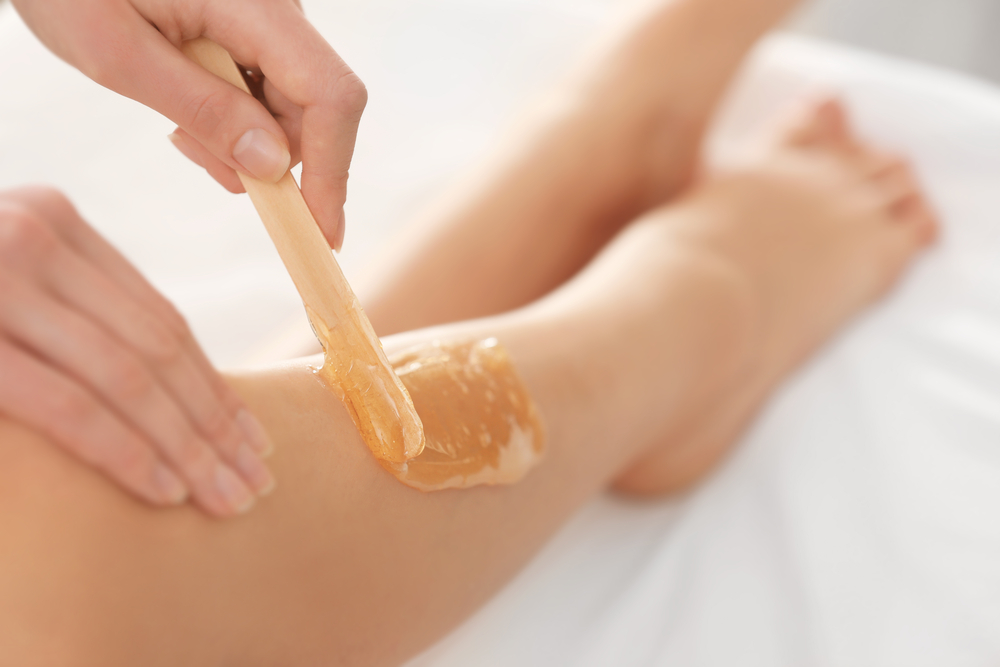Remove Unwanted Facial Hair
Facial hair can be a source of self-consciousness for many individuals, particularly women who experience unwanted growth on the upper lip, chin, or cheeks. While some facial hair is normal, excessive growth may be due to hormonal changes, genetics, or certain medical conditions. Fortunately, numerous methods exist to remove unwanted facial hair, ranging from temporary at-home solutions to long-lasting professional treatments. Understanding your options is the first step toward finding the most suitable approach for your skin type and preferences.

Understanding Facial Hair Growth Patterns
Facial hair growth varies significantly among individuals, influenced by genetics, hormones, and ethnicity. For women, vellus hair (the fine, light peach fuzz) is normal, while terminal hair (darker, coarser strands) may indicate hormonal imbalances such as polycystic ovary syndrome (PCOS) or hirsutism. Before choosing a method to remove unwanted facial hair, it’s helpful to understand your specific growth pattern. Some people experience rapid regrowth requiring frequent maintenance, while others might achieve longer-lasting results with certain treatments. Consulting with a dermatologist can provide insights into the underlying causes of excessive facial hair and guide you toward appropriate removal techniques.
At-Home Methods to Remove Unwanted Facial Hair
Several effective at-home options exist for those looking to remove unwanted facial hair without professional intervention. Shaving provides immediate results but typically requires frequent maintenance as hair regrows quickly at the same thickness. Depilatory creams dissolve hair at the surface using chemicals, offering slightly longer-lasting results than shaving, though they may irritate sensitive skin. Threading involves twisting cotton threads to pull hair from the follicle, providing results that last 2-4 weeks. Waxing, another popular method, removes hair from the root for smoother skin that lasts 3-6 weeks, though it can be painful and potentially cause ingrown hairs. For precision removal, tweezers work well for isolated hairs but are impractical for larger areas.
Professional Salon Services for Facial Hair Removal
When seeking longer-lasting or more thorough results, professional services offer specialized expertise in removing unwanted facial hair. Estheticians and beauty technicians provide professional waxing services using techniques that minimize discomfort and reduce the risk of irritation. Threading is another salon service gaining popularity for its precision, particularly for eyebrow shaping and upper lip hair removal. Some salons also offer sugaring, an ancient technique using a sticky paste of sugar, lemon juice, and water to remove hair in the direction of growth, potentially reducing ingrown hairs. These services typically range from $10-$30 for facial areas, with results lasting several weeks depending on individual hair growth patterns and the specific method used.
Advanced Clinical Treatments in Your Area
For those seeking more permanent solutions to remove unwanted facial hair, several clinical treatments provide longer-lasting results. Laser hair removal uses concentrated light beams to target hair follicles, damaging them to inhibit future growth. Most effective on dark hair against light skin, this treatment requires multiple sessions spaced several weeks apart. Electrolysis offers truly permanent hair removal by inserting a tiny probe into individual follicles and delivering an electrical current that destroys the hair root. While more time-consuming than laser treatment, electrolysis works on all hair colors and skin types. Professional-grade intense pulsed light (IPL) treatments offer another option with results similar to laser therapy but often at a lower cost.
Finding Quality Providers to Remove Unwanted Facial Hair Nearby
Locating reputable professionals in your local area requires research and consideration. Start by searching online directories that specialize in beauty and skincare services, reading authentic reviews from previous clients. Ask for before-and-after photos of previous clients when consulting with providers. Credentials matter significantly—ensure technicians are properly licensed and certified in their specific removal techniques. For advanced treatments like laser or electrolysis, verify that the clinic employs trained medical professionals or certified technicians. Many quality providers offer free consultations, giving you the opportunity to discuss your concerns, ask questions about their experience, and evaluate their facility’s cleanliness and professionalism before committing to treatment.
Comparison of Facial Hair Removal Methods and Providers
| Method | Average Cost | Duration of Results | Best For | Pain Level |
|---|---|---|---|---|
| Shaving | $5-15 for tools | 1-3 days | Quick results, all skin types | Minimal |
| Depilatory Creams | $5-15 per tube | 3-5 days | Sensitive skin (formulated versions) | None to mild |
| Waxing (Salon) | $10-30 per area | 3-6 weeks | Medium to coarse hair | Moderate to high |
| Threading (Salon) | $10-25 per area | 2-4 weeks | Precision areas, sensitive skin | Mild to moderate |
| Laser Hair Removal | $150-300 per session | Permanent reduction after 6-8 sessions | Dark hair on light skin | Mild to moderate |
| Electrolysis | $50-150 per hour | Permanent | All hair and skin types | Moderate |
Prices, rates, or cost estimates mentioned in this article are based on the latest available information but may change over time. Independent research is advised before making financial decisions.
Natural Remedies and Prevention Strategies
While complete prevention of unwanted facial hair may not be possible due to genetic and hormonal factors, several approaches can help manage growth. Regular exfoliation removes dead skin cells that might trap hairs beneath the surface, preventing ingrown hairs. Some natural remedies, such as turmeric mixed with milk or chickpea flour, have been traditionally used to slow hair growth over time, though scientific evidence for their effectiveness remains limited. Maintaining hormonal balance through a healthy diet, regular exercise, and stress management may help regulate hair growth patterns for some individuals. However, if sudden excessive facial hair appears, consulting with a healthcare provider is recommended, as this could indicate underlying medical conditions requiring treatment beyond cosmetic hair removal.
Removing unwanted facial hair is a personal choice that depends on individual preferences, skin sensitivity, budget, and desired longevity of results. Whether opting for quick at-home solutions or investing in professional treatments, understanding the available options empowers you to make informed decisions that best suit your needs and comfort level.
This article is for informational purposes only and should not be considered medical advice. Please consult a qualified healthcare professional for personalized guidance and treatment.




